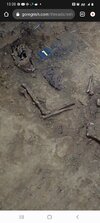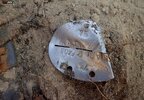Adults Only Website 18+
If you are under 18 you are not permitted to submit personal information to us or use this website. If discovered you will be banned.
We will ban and report anyone posting illegal content.
We will ban any forum user who breaks our terms.
Freedom of speech should be wide open as long as it doesn't incite violence.
We have a 10 year old thriving community here with 340,000+ members and hundreds of people online at any given moment, we encourage you to join!, there are 1000's of topics to discuss. Please be aware before registering and read our terms of service and privacy policy.
By dismissing this notice and proceeding, you agree to the above.









